Aging Population
The aging population is another significant factor driving the Posture Correction Market. As individuals age, they often experience a decline in muscle strength and flexibility, which can exacerbate posture-related issues. Reports indicate that by 2030, the number of individuals aged 65 and older is expected to reach 1.5 billion, creating a substantial market for posture correction solutions tailored to this demographic. Products such as supportive braces and ergonomic seating are increasingly being marketed to older adults, who may be more susceptible to the adverse effects of poor posture. This demographic shift presents a unique opportunity for the Posture Correction Market to develop targeted solutions that address the specific needs of an aging population.
Increased Health Awareness
The rising awareness of health and wellness is a crucial driver for the Posture Correction Market. As individuals become more conscious of the long-term effects of poor posture on overall health, there is a growing inclination to invest in posture correction solutions. Educational campaigns and health initiatives have played a pivotal role in informing the public about the risks associated with poor posture, such as chronic pain and musculoskeletal disorders. This heightened awareness is reflected in market data, which suggests that the demand for posture correction products has surged by approximately 15% over the past year. Consequently, the Posture Correction Market is likely to benefit from this trend, as consumers actively seek products that promote better posture and overall health.
Technological Advancements
Technological advancements are significantly influencing the Posture Correction Market. Innovations such as wearable devices, mobile applications, and smart furniture are becoming increasingly prevalent. These technologies not only provide real-time feedback on posture but also offer personalized recommendations for improvement. For instance, the market for wearable posture correctors is projected to grow at a compound annual growth rate of over 10% in the coming years. This surge is attributed to the growing consumer preference for tech-driven solutions that enhance health and well-being. As technology continues to evolve, the Posture Correction Market is expected to adapt, offering more sophisticated and user-friendly products that cater to the needs of a tech-savvy population.
Corporate Wellness Programs
The implementation of corporate wellness programs is emerging as a vital driver for the Posture Correction Market. Many organizations are recognizing the importance of employee well-being and are investing in initiatives that promote better posture and overall health. These programs often include ergonomic assessments, posture correction training, and the provision of supportive equipment. As a result, the demand for posture correction products within corporate settings is on the rise. Market analysis suggests that companies that prioritize employee health can experience a reduction in absenteeism and an increase in productivity. Consequently, the Posture Correction Market is likely to see continued growth as more businesses adopt wellness programs that incorporate posture correction solutions.
Rising Sedentary Lifestyles
The increasing prevalence of sedentary lifestyles appears to be a primary driver for the Posture Correction Market. As more individuals engage in desk-bound jobs and leisure activities that involve prolonged sitting, the incidence of posture-related issues has escalated. Reports indicate that approximately 80% of adults experience back pain at some point in their lives, often linked to poor posture. This trend has led to a heightened demand for posture correction solutions, including braces, ergonomic furniture, and digital applications. The Posture Correction Market is likely to see substantial growth as consumers seek effective ways to mitigate the adverse effects of their sedentary habits. Furthermore, the integration of posture correction products into workplace wellness programs may further stimulate market expansion.


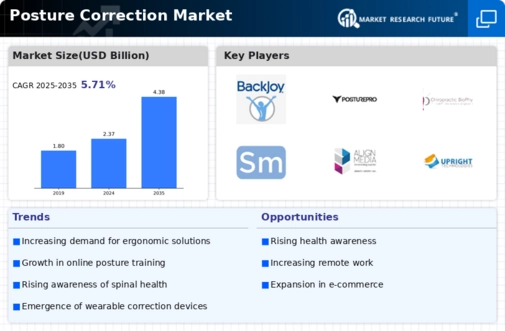
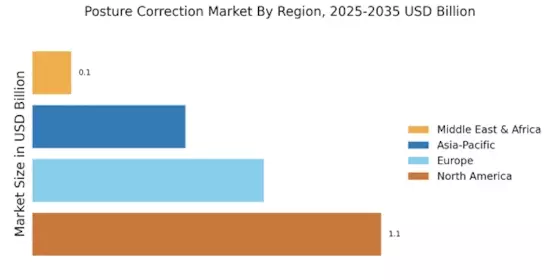
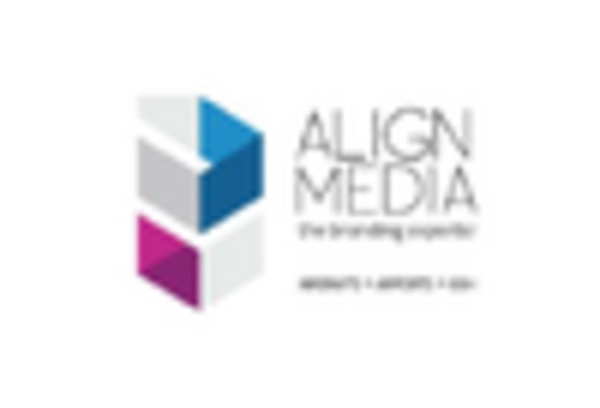
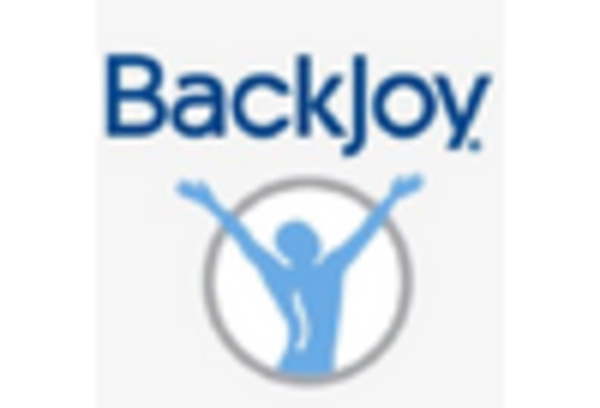


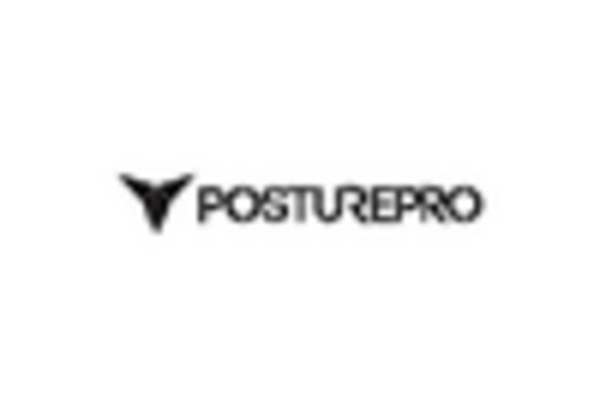









Leave a Comment